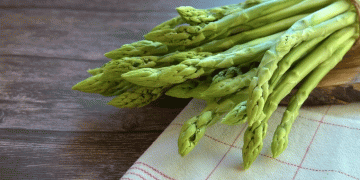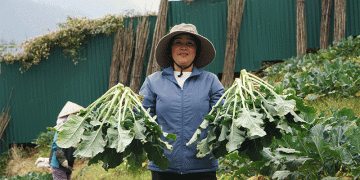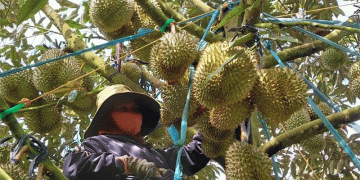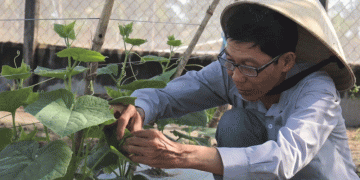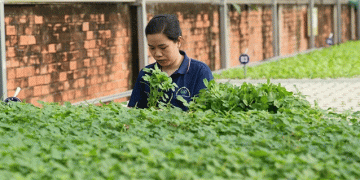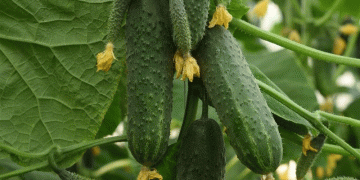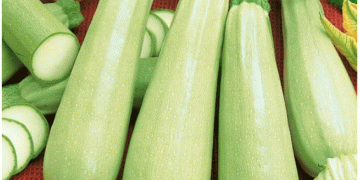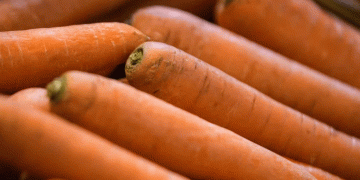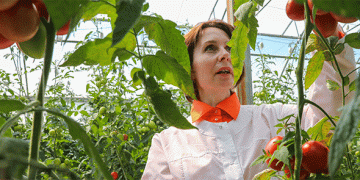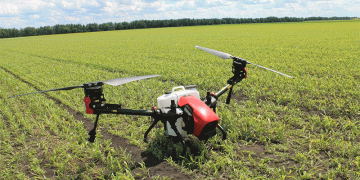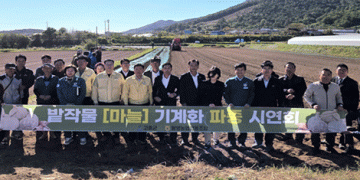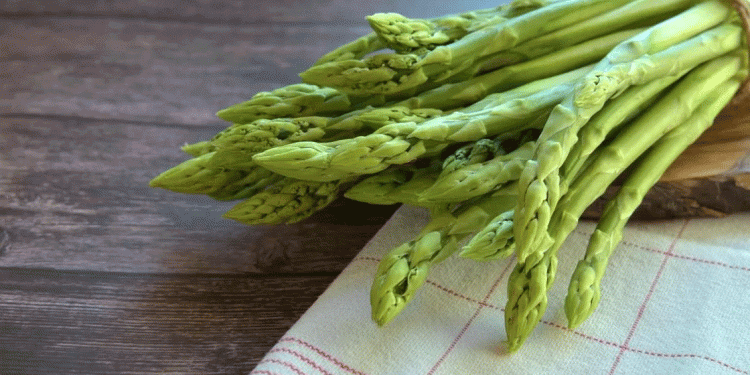Peru remains the world’s second-largest asparagus exporter after Mexico, with the U.S. as its top market due to strong demand and limited domestic supply. However, Europe presents a more complex scenario. While consumption is high, seasonal competition from local producers in Spain, Italy, and Greece (March–May) drives down prices, pressuring Peruvian exporters.
From January to May 2025, Peru shipped 13,630 tons of asparagus to Europe—a 49% increase compared to the same period in 2024. However, the average export price fell to $3.83 per kg, primarily due to overlapping supply with Europe’s peak harvest season (FreshPlaza, 2025).
Opportunities Beyond the Seasonal Slump
Peru’s key advantage lies in filling supply gaps after Europe’s harvest ends. Success depends on:
- Precise timing to avoid price drops during European production peaks.
- Logistical efficiency to ensure freshness and reduce costs.
- Market intelligence to anticipate demand shifts and pricing trends.
Experts predict a price recovery in late 2025 as European supply dwindles, offering better margins for Peruvian exporters (USDA, 2025). However, long-term competitiveness requires:
- Diversification into value-added products (e.g., frozen, organic, or premium fresh asparagus).
- Exploring new markets in Asia and the Middle East to reduce reliance on Europe.
- Stronger public-private partnerships to improve trade agreements and real-time data access.
Peru’s asparagus industry has demonstrated resilience with record exports to Europe, but price volatility remains a challenge. By optimizing supply chain timing, investing in value-added products, and expanding into emerging markets, Peruvian exporters can sustain growth despite seasonal pressures. Strategic planning and data-driven decisions will be crucial to maintaining Peru’s position as a global asparagus leader.
